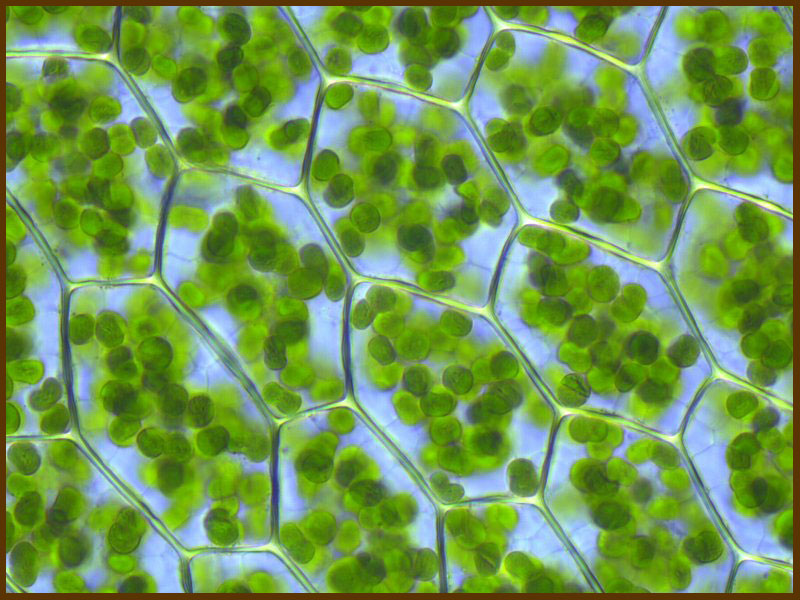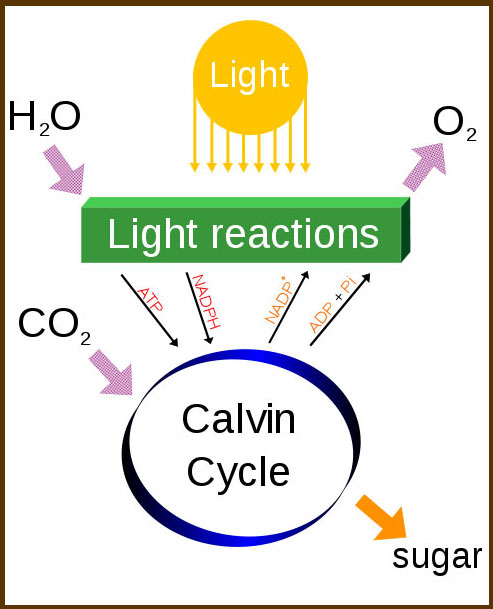 As a plant, Piper nigrum is a photosynthetic autotroph (Latin for "creating with light" & "self feeding"). Photosynthesis is usually conducted in the leaves of plants due to being a relatively elevated and broad surface for maximum exposure to sunlight. Water molecules uptaken through the roots of the plant are broken apart and diatomic oxygen (O2) is released into the atmosphere. Plants create carbohydrates (primarily glucose and sucrose) through the harnessing of light energy from the sun. Plants use this energy source to create energy storage molecules ATP and NADPH. These molecules are then used for anabolic biosynthesis reactions which fuse the carbon atoms of atmospheric carbon dioxide (CO2 from the air taken into the leaves) into long carbon chains known as carbohydrates or sugars. These sugars are then transported from the leaves to the rest of the organism through tissue called phloem. These sugars can then be used as both an immediate food source and also to be stored during the winter.
As a plant, Piper nigrum is a photosynthetic autotroph (Latin for "creating with light" & "self feeding"). Photosynthesis is usually conducted in the leaves of plants due to being a relatively elevated and broad surface for maximum exposure to sunlight. Water molecules uptaken through the roots of the plant are broken apart and diatomic oxygen (O2) is released into the atmosphere. Plants create carbohydrates (primarily glucose and sucrose) through the harnessing of light energy from the sun. Plants use this energy source to create energy storage molecules ATP and NADPH. These molecules are then used for anabolic biosynthesis reactions which fuse the carbon atoms of atmospheric carbon dioxide (CO2 from the air taken into the leaves) into long carbon chains known as carbohydrates or sugars. These sugars are then transported from the leaves to the rest of the organism through tissue called phloem. These sugars can then be used as both an immediate food source and also to be stored during the winter.
Aside from the synthesis of carbohydrates, plants also require many other substances to survive. Water is taken into the organisms through the system of root tissues buried in the substrate upon which the plant is growing. The water is then distributed up into the plant through hollow cellular channels called xylem. This ready supply of water is then available instantaneously for any tissues in the plant that require it.
Other nutrients such as amino acids, nitrogenous molecules, and trace minerals are also taken up through the roots. These compounds only make up a minority of the volume of material to be transported, but they are essential to metabolic processes and many biochemical reactions.
Information about the lifecycle of black pepper can be found here >>
Design: Adam Haggerty - UW La Crosse - Last modified 4/16/2011
